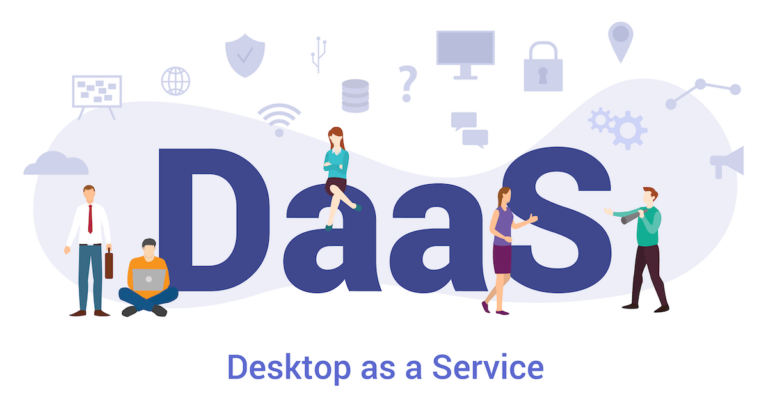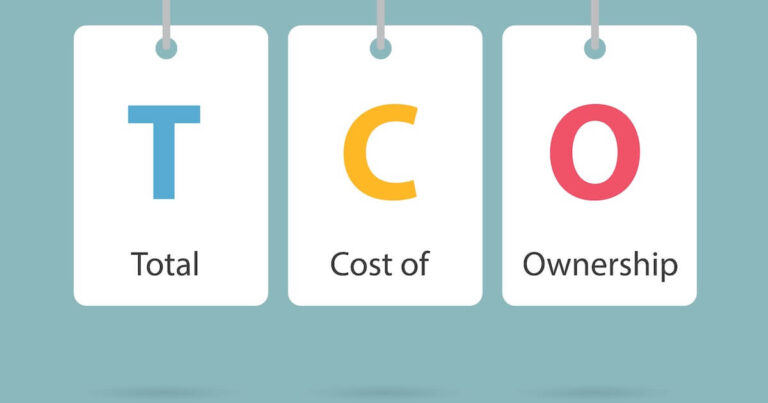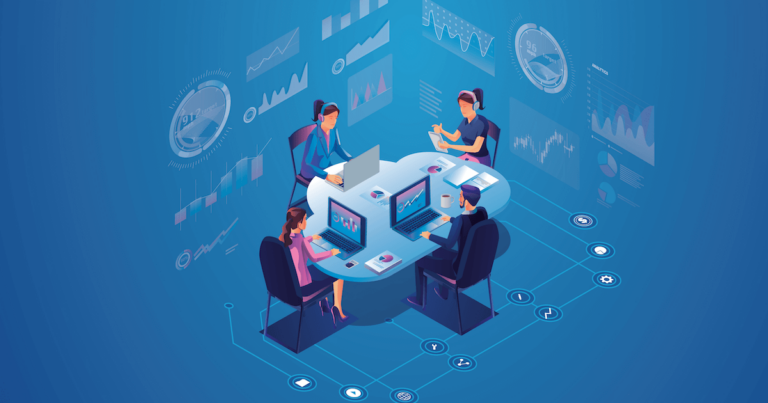In this era of proliferation of remote and mobile workforce, choosing the right Desktop as a service (DaaS) solution can be one of the most important decisions for your company. Investing in cloud-based virtual apps and desktops can help you meet these expectations and grow your business as needed.
By 2024, 80% of virtual desktops served to remote users will be DaaS, up from fewer than 30% today. – Gartner
DaaS lets you deliver virtual Windows and Linux apps and desktops to employees located anywhere in the world, at any time, with the added benefit of IT management and robust security managed by a public cloud service provider. DaaS helps simplify IT and enables you to get back what you do best – delighting your customers and growing your business.
New Challenges For Businesses And Remote Workforces
With evolving changes come challenges that must be addressed before remote workers can feel productive and businesses move forward.
- Continuity: The remote office should function efficiently as the main office for employees.
- Security: Accessing data, apps, software, and devices all need to be securely and efficiently distributed.
- Experience: Employees’ experience should be the same across devices.
- Productivity: Collaboration and employee productivity must be maintained if not promoted.
Defining Desktop As A Service (DaaS)
DaaS delivers virtual apps and desktops from the cloud with the help of service providers to any device or location and enables employees to work remotely while securely accessing data and apps as easily as if working from the main office. This managed desktop virtualization service allows provisioning of secure SaaS and legacy applications and full Windows-based virtual desktops for end-users to access them anywhere, anytime with any device.
Desktop-as-a-service is a cloud-hosted solution in which virtual desktop infrastructure is outsourced and all the day to day responsibilities of technology assets are managed by a third party vendor. It leverages the pay-as-a-go subscription model, allowing companies to scale up and down on-demand.
However, service providers take care of backend management for businesses that find creating their own virtual desktop infrastructure to be too complex, expensive, and resource-consuming.
How Does DaaS Differ from VDI?
VDI is a service that a company creates and manages directly. It can be operated within the four walls of a company’s data center or built on a public cloud provider.
DaaS, however, operates around the world in secure data centers managed and operated by cloud providers such as AWS or Azure or vendors (service providers such as Citrix or Nutanix).
| Features | VDI | DaaS |
| Deployment (IT) | A heavy-lift | Done between episodes of Star Trek |
| End-user experience | Depends on what IT allows | HTML5 browser and you’re off! |
| Networking needs | Depends; the intranet may still work even if the Internet is down | If the Internet is down, so are you. |
| Reliability | Depends on how good your IT is | SLA-driven |
How Does Desktop As A Service Work?
Desktop as service is delivered to remote users in two ways based on their specific requirements, which is divided as persistent and non-persistent users.
Persistent Desktop
Persistent desktop services address the needs of power users. Users with persistent Desktop can customize and save the applications and Desktop that will appear the same way whenever they log on back. Persistent desktops require more storage as it deals with resource-intensive tasks, which make them more expensive to use.
Non-persistent Desktop
Non-persistent Desktop is ideally provided to users to access shared cloud services. User settings and cookies are erased whenever the user logs out from the Remote Desktop.
Cloud providers allow customers to choose between both DaaS options, allowing workers with specific needs to access a persistent desktop and allowing temporary or occasional workers access through a non-permanent desktop.
Since cloud-based Desktops and applications stream from a centralized server over the internet, graphics-intensive applications such as computer-aided design or video editing software that require excessive computing power also display results quickly.
When the workload on a server becomes too high, IT administrators leverage a centralized cloud-based remote desktop service and move a running virtual machine from one physical server to another in a matter of seconds. It allows graphics-accelerated or GPU-accelerated applications to run seamlessly.
Advantages of Desktop As A Service
Now, you may wonder about the benefits of cloud-managed DaaS. Keep reading and discover them!
1. Reduced Administration and IT Workload
- Reduced administration and maintenance work, as IT teams don’t need to manage each endpoint for patches and updates.
- Faster response to business needs as managed DaaS addresses the company’s turnkey requirements for delivering apps and desktops to any user, anywhere, without requiring building out robust back-end infrastructure.
- Because the provider abstracts the underlying complexity, you don’t need to set up internal IT expertise or hire skilled virtual desktop professionals. Instead, you get to work with your users on solving their needs.
- Eliminate capital expenses. Since with DaaS, you don’t need to pay the upfront cost setting up and maintaining a data center.
2. Predictable IT Expenses
- Subscription-based DaaS makes operational spending more predictable and reduces IT costs.
- CIOs and finance departments will love it because it means not having unnecessary hardware and software expenditures on the books.
3. Secure Data And Devices
- Users access their apps and desktops from any device, under endpoint policies you set, and with 24/7 device oversight and incident detection.
- Apps and data are deployed in the cloud and not on the device. The risk of lost data due to device theft, loss, or damage is eliminated.
- Safeguard yourself from security breach and end-user devices being compromised or infected, data or code copied, stolen, or lost.
4. Scalability – Scale From One To Thousands On A Whim
- With DaaS, you can start small and scale bigger as needed.
- Whether you need to scale support for temporary workers or contractors or need to onboard new employees or sites during a merger or acquisition or seasonal business cycles, DaaS makes it easy to spin up desktops on-demand.
- DaaS ensures your new employees are productive from day one and ensures a seamless experience with equal access to shared information and apps.
- Managed DaaS saves you from provisioning individual devices or adding thousands of new endpoints to your admin workload.
5. BYOD (Bring Your Own Device)
- Kickstart that BYOD initiative for vendors, developers, and others who require off-site access to exceptional performance, no matter where they work. DaaS gives you peace of mind that your users will only access what they are allowed to see —minimizing the risk of a data breach.
6. High Availability
- DaaS leverages cloud computing benefits that include high-availability.
- Data recovered faster for cloud-based desktops since applications are deployed to multi-locations. Even when a cloud provider experiences data center failure, it seamlessly brings resources back online in a failover data center that prevents downtime.
7. Backup And Disaster Recovery
- Many cloud providers offer backup and recovery options for cloud-based desktops.
- Opting backup and disaster recovery options eliminates downtime when a workstation fails without an internal IT team to look after the situation.
- Desktop images and templates are backed up according to defined SLA and prove invaluable not only for top-level executives but also for remote workers for business continuity.
8. Monitoring
- Although cloud supports applications, infrastructure, storage, and network required to deliver remote desktop to end-users, monitoring is yet another advantage admins get from managed DaaS solutions allowing them a good understanding of the functionality of their DaaS deployment.
- It helps internal IT teams to know the health of the deployment, and in scenarios when something isn’t working, they can collect insight into the problem to ensure the provider fixes it.
Conclusion
DaaS goes beyond VDI and offers more flexibility with the help of cloud computing. Whether you provision desktops in public or hybrid cloud infrastructure, Desktop as a service ensures agility and ease of management, freeing your IT team to focus on what matters without worrying about the underlying infrastructure.




